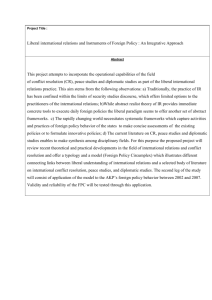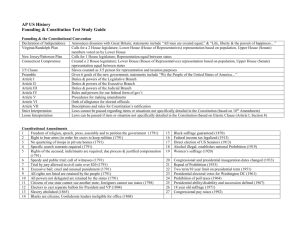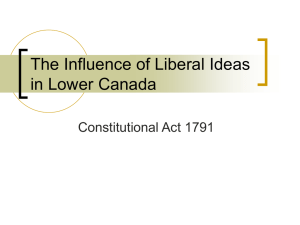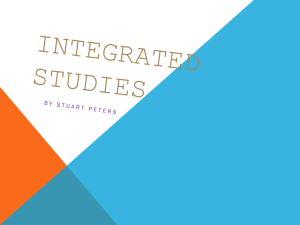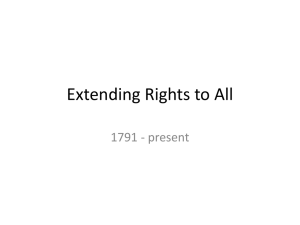Demands and struggles in the British colony
advertisement
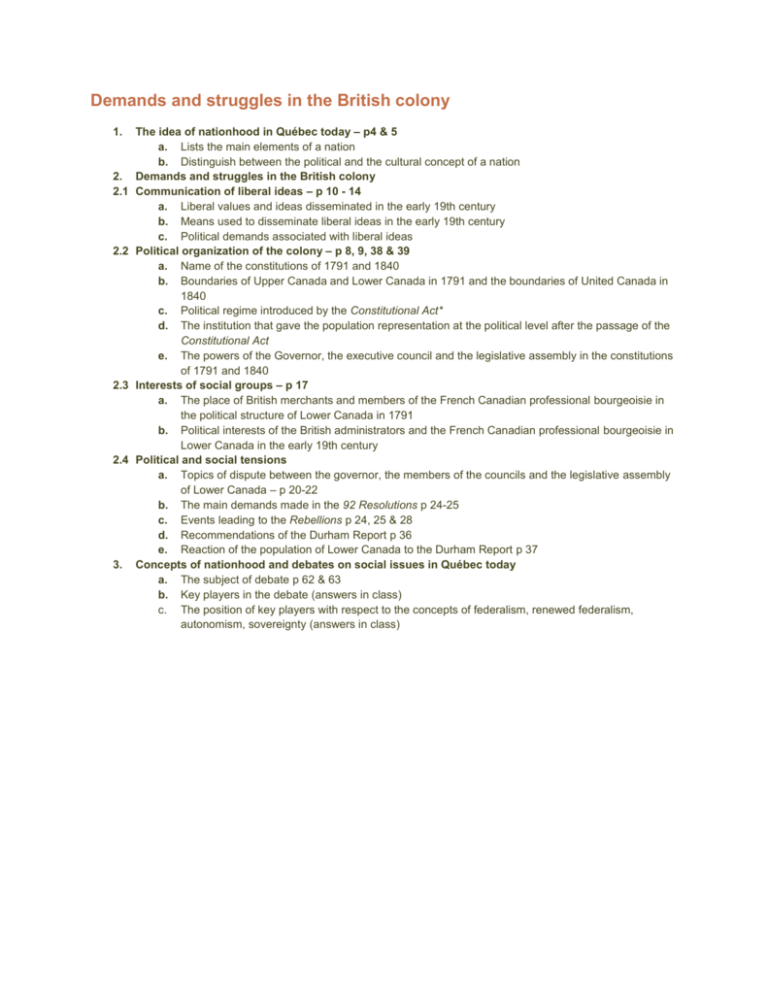
Demands and struggles in the British colony 1. 2. 2.1 2.2 2.3 2.4 3. The idea of nationhood in Québec today – p4 & 5 a. Lists the main elements of a nation b. Distinguish between the political and the cultural concept of a nation Demands and struggles in the British colony Communication of liberal ideas – p 10 - 14 a. Liberal values and ideas disseminated in the early 19th century b. Means used to disseminate liberal ideas in the early 19th century c. Political demands associated with liberal ideas Political organization of the colony – p 8, 9, 38 & 39 a. Name of the constitutions of 1791 and 1840 b. Boundaries of Upper Canada and Lower Canada in 1791 and the boundaries of United Canada in 1840 c. Political regime introduced by the Constitutional Act* d. The institution that gave the population representation at the political level after the passage of the Constitutional Act e. The powers of the Governor, the executive council and the legislative assembly in the constitutions of 1791 and 1840 Interests of social groups – p 17 a. The place of British merchants and members of the French Canadian professional bourgeoisie in the political structure of Lower Canada in 1791 b. Political interests of the British administrators and the French Canadian professional bourgeoisie in Lower Canada in the early 19th century Political and social tensions a. Topics of dispute between the governor, the members of the councils and the legislative assembly of Lower Canada – p 20-22 b. The main demands made in the 92 Resolutions p 24-25 c. Events leading to the Rebellions p 24, 25 & 28 d. Recommendations of the Durham Report p 36 e. Reaction of the population of Lower Canada to the Durham Report p 37 Concepts of nationhood and debates on social issues in Québec today a. The subject of debate p 62 & 63 b. Key players in the debate (answers in class) c. The position of key players with respect to the concepts of federalism, renewed federalism, autonomism, sovereignty (answers in class)


